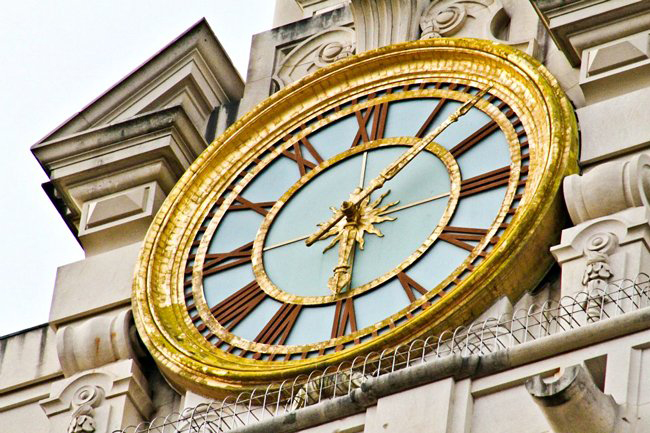Texas needs to cut its spending an additional 2 to 3 percent for the current budget cycle as state revenues lag almost $4 billion below projections, Lt. Gov. David Dewhurst and Texas House Speaker Joe Straus announced Monday.
The cuts would be in addition to the 5-percent cuts already ordered for the current budget biennium, which covers 2010 and 2011. State leaders say they will still request an additional 10-percent cut for the next budget that covers 2012 and 2013 — which could amount to a 17- to 18-percent budget cut for many agencies.
“With 10 months left, we’re looking for more reductions as a prelude into budget cutting in the session,” Straus said.
Public colleges and universities will not be exempt from the latest round of budget cuts, said Rep. Dan Branch, R-Dallas, chairman of the House Committee on Higher Education.
“This is a new development, and I think it’s prudent in light of where the revenue shortfall seems to be heading,” Branch said. “If I was a college president, I would be preparing to do another 2 to 3 percent.”
The short time frame universities have to make the cuts could mean significant reductions in financial aid and summer school courses, said Eva DeLuna Castro, a senior budget analyst for the progressive think tank Center for Public Policy Priorities.
Straus wouldn’t say if public education and health and human services would be as largely protected from this round of cuts as they have been in the past.
“I think we’ll have to discuss that,” he said. “We just talked about the range of further cuts without being specific as to where they come from.”
Dewhurst said the additional cuts were because the initial 5-percent spending cuts didn’t save as much money as initially intended.
“When you look at the [federal money] and a probable $4 billion shortfall [in revenue in the current budget], you all can do the math as easily as we can — we’re talking about $15-16 billion [shortfall for the next budget],” said Dewhurst, who chairs the Legislative Budget Board.
Dewhurst discounted previous estimates that had placed the projected deficit as high as $25 billion.
“The numbers we’ve heard before include pretty aggressive new spending and, if there’s any message out of last Tuesday’s election, it’s that people want [the government] to live within their means,” he said. “We’ve got to look at available revenue, monitor all of our revenues as closely as we can and if we stumble across a non-tax revenue, consider that.”
When asked if his estimate of the shortfall included increasing enrollment in public schools or universities, increasing case loads at courts or increasing demand for other state services, Dewhurst said it is just a comparison between spending that was budgeted for the current budget cycle and how much the state will be able to spend during the next budget cycle.




















